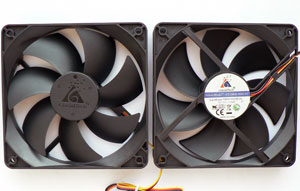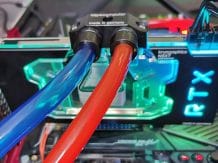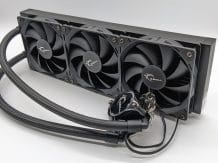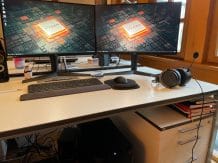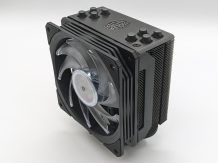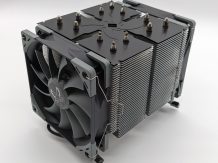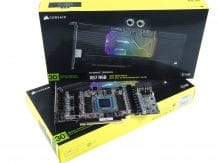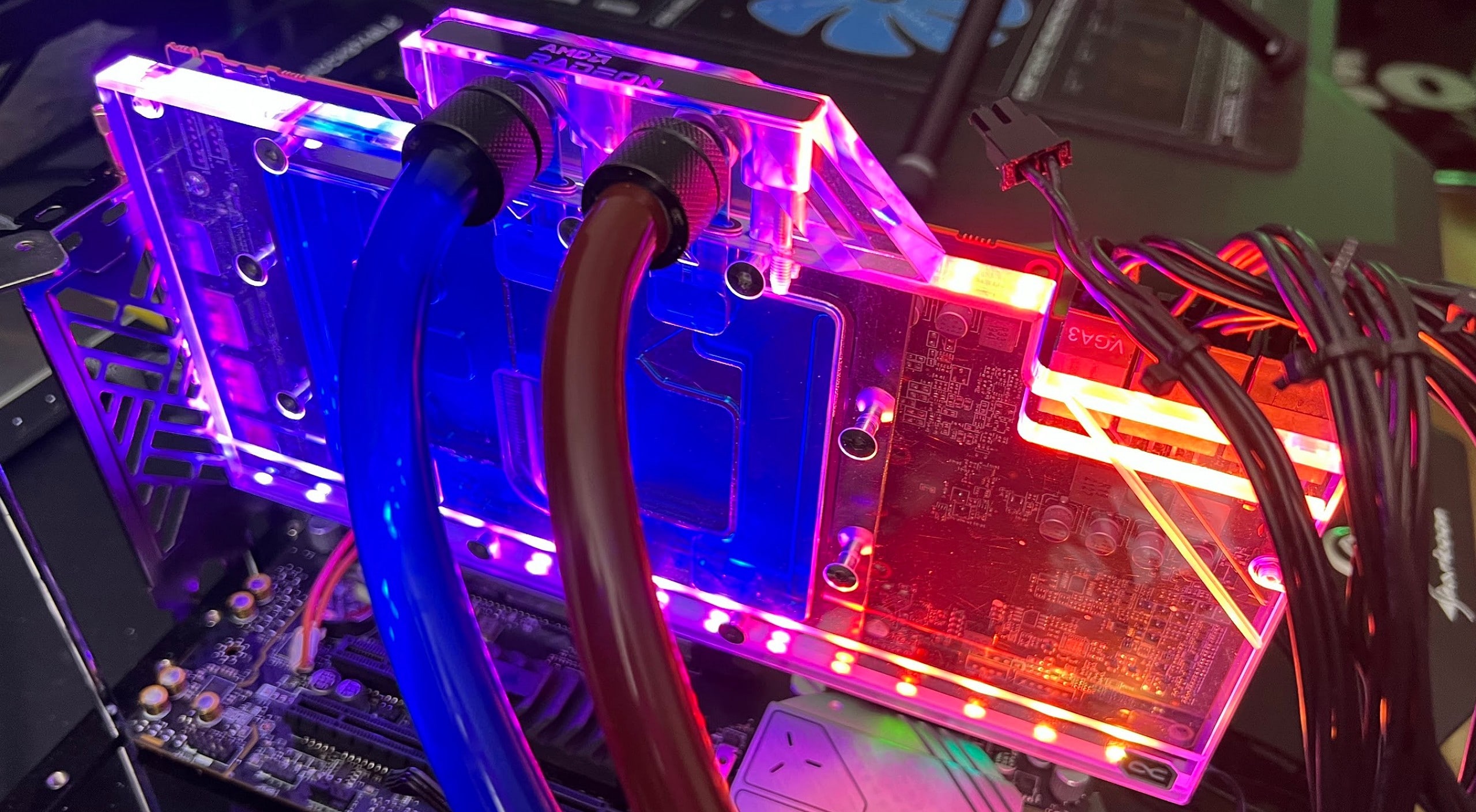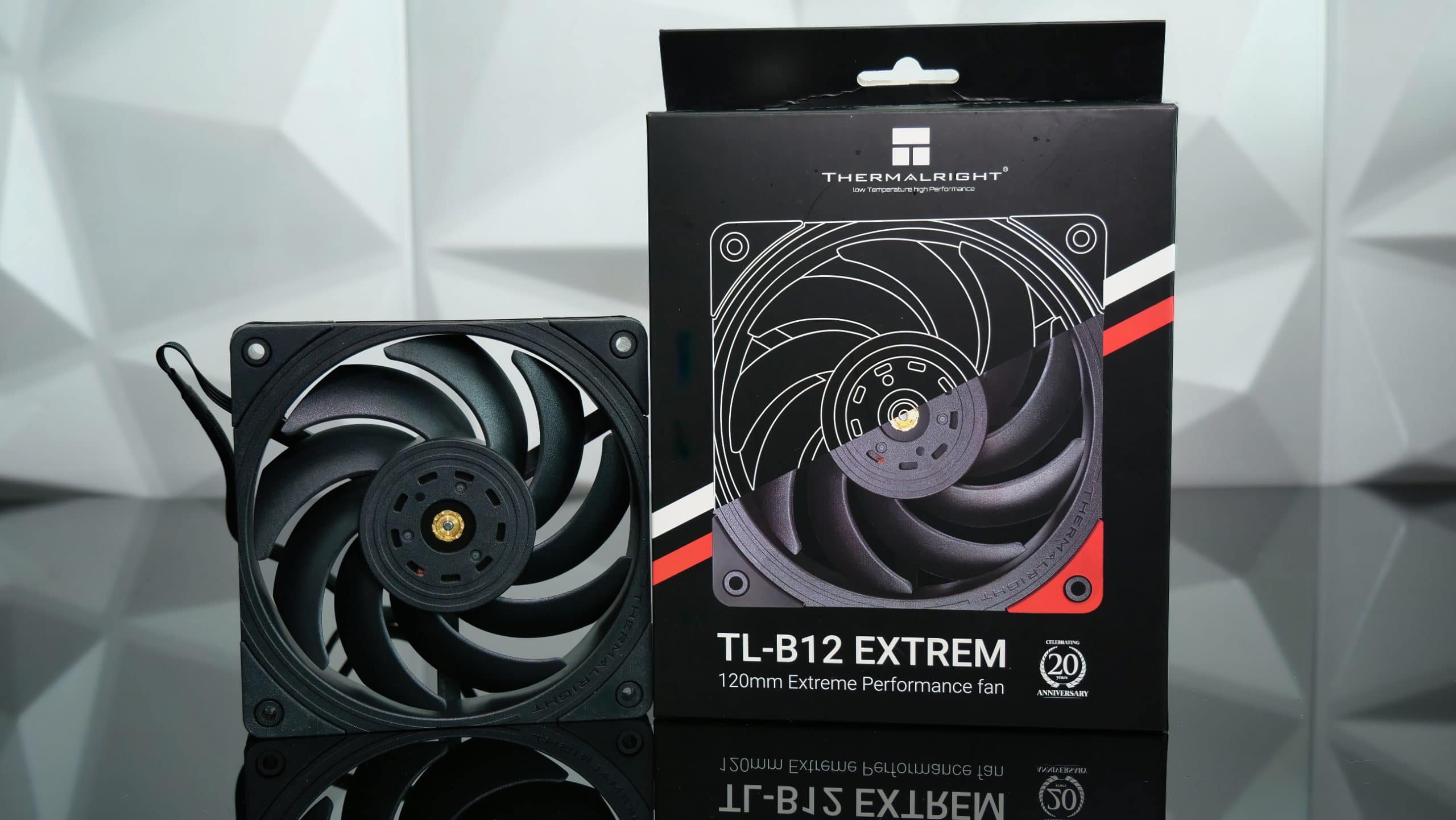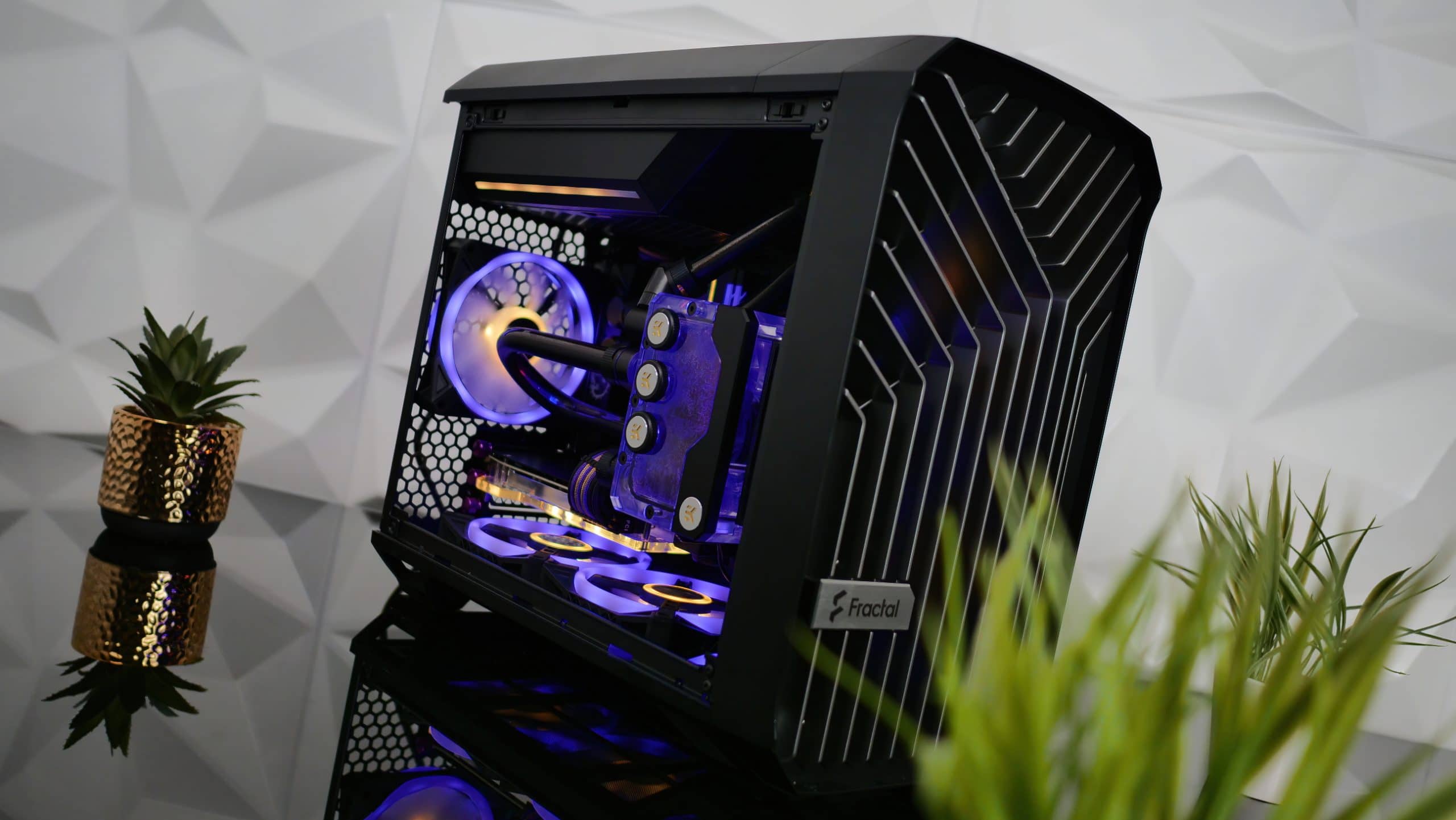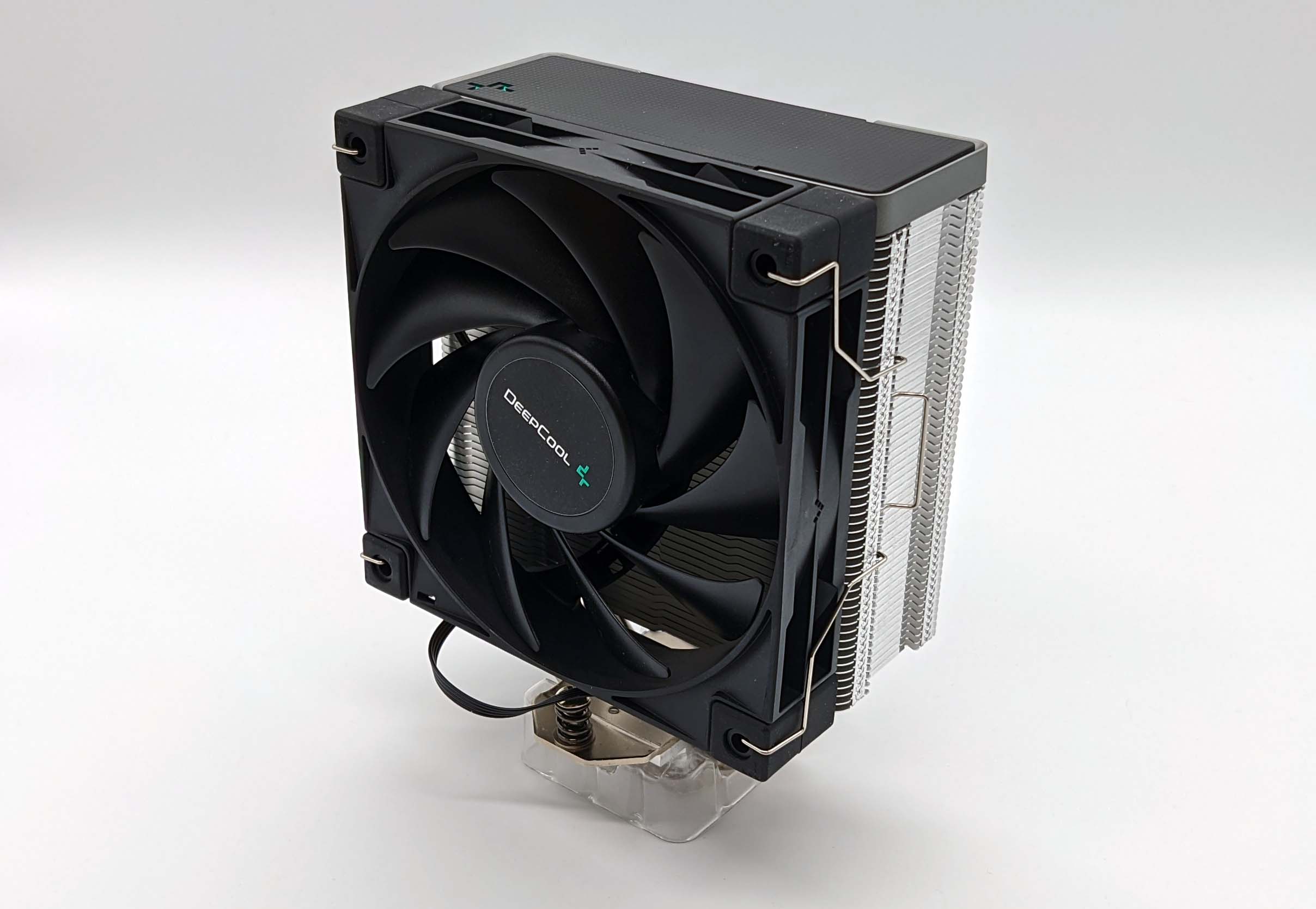11 pairs of “windmills” for two supercoolers and one system unit
–
Our patrons are well aware that we regularly test CPU coolers. It is probably difficult to imagine, but so far there has not been a single review and test of such an important component of the vast majority of cooling systems of all types as fans on our website. You probably know that each cooler has its own fan, and taking into account the widest range of air cooling systems, there are a great many of these fans in total.
They differ not only in size and rotation speed – although these are important components, but only the tip of the “iceberg”. If you dig a little deeper, it turns out that fans are also different in terms of the mass of characteristics, such as: the number and shape of the blades, the type of bearings and their durability, noise level and air flow, static pressure and power consumption, as well as some other characteristics.
The most popular among overclockers are 120 x 120 x 25 mm fans, as the most popular cooling systems for central processors in new ones, and besides, they are used in a huge number of power supplies, which is also important. The topic is so popular that in our conference the corresponding thread about fans of this type has already exceeded 260 pages. This is also why we decided to review and test more than a dozen fans that we managed to get for tests from six well-known manufacturers.
In this section of the article, the fans are considered in the same order in which they were tested. That is, without reference to the manufacturer, or to some other feature of them. In addition, before meeting the participants of today’s testing, I would recommend that you read the very useful FAQ on 120mm fans, compiled by a participant in our conference. Diedth.
GlacialTech SilentBlade GT12025-BDLA1
Let’s start our fan review with the cheapest model, which costs only $ 6.5. There are four models in the GlacialTech SilentBlade line today: GT12025-BDLA1, GT12025-HDLA1, GT12025-EDLA1 and GT12025-SDLA1, differing from each other in the type of bearing and the warranty period. We will consider a model with two ball bearings – GT12025-BDLA1.
announcements and advertisements
-14000р на RTX 3060 ASUS Dual
RTX 3060 MSI Gaming – a drain for a penny
-15000р на RTX 3060 MSI Ventus
Prices for video cards went down steeply
-14000р на RTX 3060 Gigabyte Eagle
Another top vidyaha with a mega discount
RTX 3060 – prices have gone down
First-hand Z590 motherboards at very good prices
RTX 3060 12Gb in XPERT.RU – be in time 🙂
RTX 3070 at XPERT.RU at the lowest prices
Lots of RTX 3090 in XPERT.RU
The fan is supplied by OEM, so no packaging or accessories are included. Only the fans themselves are made of black, rough plastic:
Seven specification fan blades rotate at a constant speed of 950 (± 150) rpm, 18 dBA noise and 35.8 CFM or 61.2 m airflow3/hour. According to the monitoring data, the rotation speed of the impeller is 930 ~ 940 rpm, and the noise level measured from a distance of 1 meter is really extremely low and is near the border of ~ 32.8 dBA (with a subjective comfort of ~ 34.5 dBA).
The sickle-shaped fan blades look quite aggressive:

Despite this fact, the static pressure of the fan is quite low compared to other models in today’s testing and is 0.75 mmH2O.
These fans are manufactured for GlacialTech by their subsidiary GaleMotor, as indicated on the sticker on the fan rotor:

The SilentBlade GT12025-BDLA1 is equipped with two rolling bearings with a 50,000 hour continuous running guarantee. No engine cracking was noticed during testing. Unfortunately, the fan does not start at 5 V, but it starts easily when 7 V is applied to the motor.
The GlacialTech SilentBlade GT12025-BDLA1 fan is equipped with a three-pin wire almost 400 mm long with a three-pin connector combined with a Molex-type adapter. When connected to the latter, as you understand, monitoring the fan speed by standard methods is not possible. The fan weight is pretty average in today’s tests at 143.5 grams.
Cooler Master LED Silent Fan (TLF-S12-ER-GP)
A fairly old 120mm fan from Cooler Master comes in a transparent plastic package:

Detailed specifications of the fan, including even the cable length, are shown on the cardboard insert inside the box. At the bottom of the box is a bag with self-tapping screws and an adapter from a three-pin connector to Molex:

The fans are made of transparent plastic:

The stated constant rotation speed of the seven blades is 1200 (± 120) rpm. Airflow 42.73 CFM. The static pressure level is very decent, I must say, even for many modern models and amounts to 1.56 mmH2O, and is most likely achieved due to the progressive shape of the long crescent blades:

At the same time, the specifications indicate a noise level of 22 dBA. The measured noise level of the fan was 33.8 dBA (1 meter). This is not to say that the fan is very quiet in this mode, as indicated by the manufacturer, but the noise level is really quite moderate.
Judging by the sticker on the fan rotor and marking PL12S12L-4, these models for Cooler Master are manufactured by the company
Power Logic Technology Inc.
:

The crackling of the motor is unnoticed even after six months of using these fans as case fans. The fan sleeve bearing is claimed to last 30,000 hours of operation. It is noteworthy that the fan starts without problems at both 5 and 7 volts.
The fan cable is 300mm long, plus a Molex adapter about 150mm long. The fans are quite light, weighing 120 grams. A distinctive feature of these models is the presence in the line of fans with four types of backlighting: red, green, blue and orange. For this, four LEDs are installed on the rotor struts:

The Cooler Master LED Silent Fan retails for $ 9.
Next, we have next in turn the development of the Austrian company Noctua of the 2006 model. Introduced at the time as “an innovative solution for air cooling systems”, the Noctua NF-S12 fan has won quite a number of awards in various electronic and print publications to date. True, now a new model is already coming to replace this fan, which we will also consider and test today. In the meantime, let’s move on to studying the Noctua NF-S12.
The small cardboard box in which the fans are shipped has a cutout on the front, through which part of the fan is visible:


The back of the box contains a description of the key features of the fans, as well as their technical characteristics. The fans are fixed in a transparent plastic shell with the following components on the top and sides:

In addition to four inconvenient for installation silicone anti-vibration compensators and self-tapping screws for attaching the fan, the Noctua NF-S12 comes with two adapters to reduce the voltage supplying the fan to 7 (LNA – Low Noise Adapter) and 5 volts (ULNA – Ultra Low Noise Adapter), as well as an adapter from a three-pin connector to a Molex power supply connector. As far as I remember, in the first revisions, the fans were shipped with only one adapter.
First of all, the unusual coloring of the fans attracts attention. Their frame is made in beige, and the blades are close to dark brown:


By the way, I would like to pay special attention to the fan blades:

Firstly, the diameter of the impeller, consisting of seven blades, is almost 10 mm shorter than that of conventional 120-mm fans, and secondly, the blades have an increased angle of attack and to some extent resemble the blades of an aircraft propeller. This solution, according to Austrian engineers, allows to reduce the noise level by 10% in comparison with fans of other manufacturers (without specifying specific models). Moreover, it claims an 8-12% increase in airflow compared, again, to unidentified fans from other manufacturers.
However, the fan’s technical characteristics are not impressive. The speed of the shortened impeller, according to the specifications, is 1200 (± 120) rpm with an air flow of 81 m3/ hour and a noise level of 17 dBA. In fact, the impeller speed is slightly higher and amounts to 1300 rpm, although it falls within the permissible 10% range. When using the ULNA adapter, the impeller speed is reduced to 600 rpm, while the noise level is reduced to 6 dBA. Indeed, if at nominal ~ 1300 rpm the fan makes a noticeable noise against the background of the competitors already considered, then at 800 rpm (with LNA) and even more so at 600 rpm it is almost impossible to hear it. The static pressure level of the fan is not indicated in the technical data.

The hydrodynamic bearing with magnetic suspension, which is the highlight of the Noctua fans (SSO Bearing), also contributes to the low noise level. This type of bearing, coupled with a magnetic stabilizer for the fan rotor axis, extends the fan life up to 150,000 hours – a period unattainable for other competitors. However, I did not check this statement, since I do not have an extra 17 years of life for these purposes. 😉.
The fans are equipped with a three-pin braided connector. The cable length is just under 400 mm. There is no backlight in such serious developments. Unfortunately, the Noctua NF-S12 fans cannot boast of a low cost, as their retail price is about $ 20. However, if, during the warranty period of Noctua fans, you systematically purchase cheaper, but also less durable fans, then this cost is quite justified. Let me remind you once again that by now the Noctua fans of this model are being replaced by a new development of the Austrian company, which we will now review.





